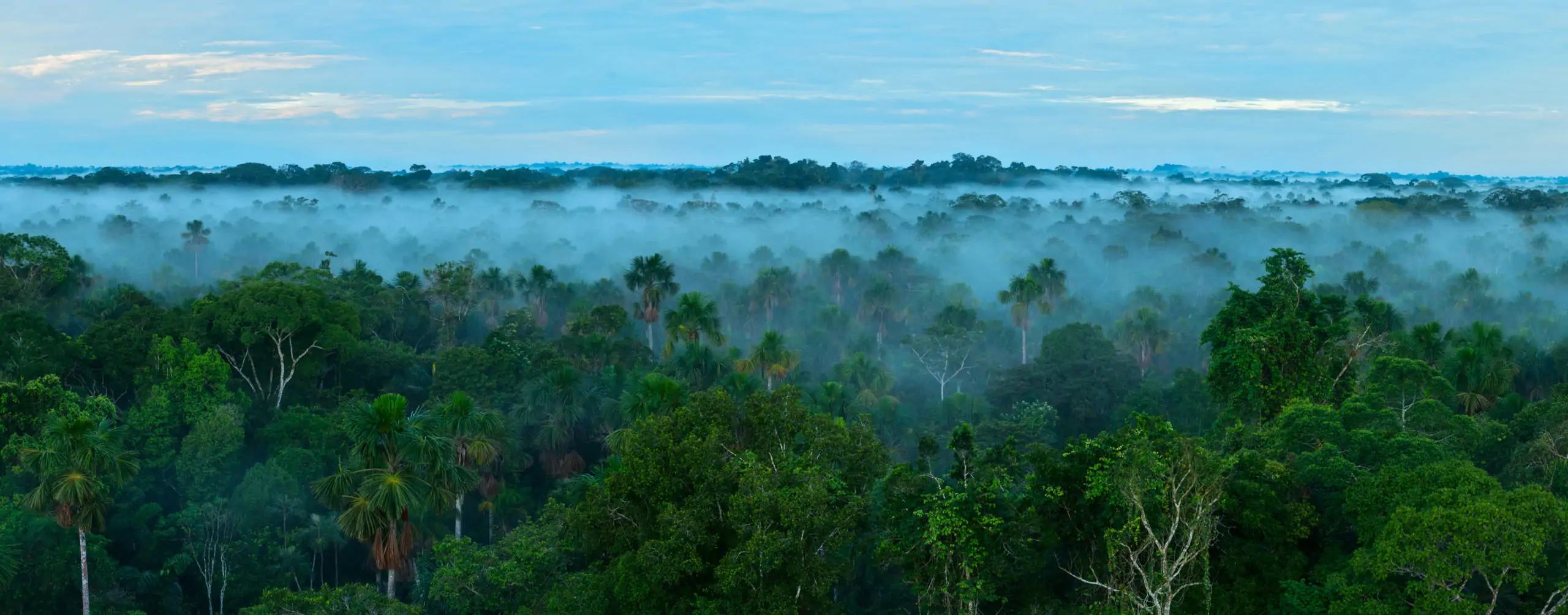The expiration of the African Growth and Opportunity Act (AGOA) in September 2025 sent immediate shockwaves through Africa’s garment manufacturing sector. Export orders have been cancelled en masse as tariffs on apparel exports to the United States increased by up to 27%. Already, factories in Kenya and Lesotho have shuttered operations leaving thousands of workers without jobs. For an industry that relied on AGOA’s preferential trade provisions for more than two decades, the policy lapse seems catastrophic. However, beneath this immediate crisis lies a more complex reality: AGOA’s demise may prove to be the necessary catalyst to transform Africa’s cotton sector from a commodity export model into a more integrated and competitive industry capable of capturing significantly more value.
This article examines how the end of AGOA, creates the imperative for Africa’s cotton value chain to vertically integrate. It assesses the economic dynamics that made AGOA a strategic dead end, quantifies the investment required to build Africa’s missing textile infrastructure, and outlines the pathways through which policymakers and investors can seize this moment and construct a more robust cotton value chain in Africa.
How AGOA led to shallow industrialisation
AGOA was instrumental in establishing garment manufacturing operations across Africa, particularly in Kenya, Lesotho, Madagascar, and Ethiopia. The Act provided duty-free access to the vast United States market, creating hundreds of thousands of manufacturing jobs. However, the structure of AGOA’s benefits contained a fundamental flaw that would ultimately constrain the sector’s development. The Act’s “third-country fabric allowance” permitted the least-developed African countries to use fabric sourced from anywhere in the world, primarily cheap Asian textiles, and still export finished garments to the US duty-free.
This provision was a double-edged sword. Whilst it lowered barriers to entry for garment manufacturers, it actively disincentivised investment in local textile production. Investors had no reason to build capital-intensive spinning or weaving facilities in Africa when AGOA allowed garment factories to import fabric from established Asian suppliers and still receive preferential treatment. The result was an industry model based almost entirely on Cut, Make, and Trim operations with African factories mainly importing fabric, performing final assembly, and exporting finished garments, capturing only a fraction of the product’s total value.
The structural consequences of this model are evident in Africa’s trade patterns. The continent is the world’s third-largest exporter of raw cotton lint, yet it remains a significant net importer of finished textiles and apparel. Between 2006 and 2021, Africa’s cotton-related imports surged by 29%, from an annual average of USD 2.4 billion to USD 3.1 billion, transforming the continent from a net exporter to a net importer in aggregate terms. During the 2017–2021 period, Africa commanded a 12% share of global raw cotton exports but captured only 2% of the semi-processed yarn market and 3% of the processed fabric and apparel export market. This trade pattern reveals a fundamental economic inefficiency whereby Africa exports lower-value raw materials only to re-import them as higher-value finished goods.
The unavoidable reckoning: Quantifying the shock
The lapse of AGOA has imposed immediate and severe costs on African garment exporters, who are faced with an immediate tariff increase of at least 14% on apparel exports to the United States. When combined with additional tariffs introduced by the United States in 2025, the total effective tariff increase for the sector could be as high as 27%. For an industry operating on thin margins in a highly competitive global market, this shift could prove devastating, and the human toll has already proved substantial. Factory closures and mass layoffs have been reported across East Africa’s garment manufacturing hubs. Orders from major American retailers have been cancelled or redirected to competing suppliers in Asia and Central America who still retain preferential access to US markets.
Inevitably the economic impact will also extend beyond factory workers to the broader ecosystem as suppliers, logistics providers, and service industries that had developed around these export zones feel the effect of reduced demand.
The current crisis is severe, but it must be understood in its proper context. It forces a necessary, albeit painful, reckoning with the reality that the previous model created jobs but not a sustainable industry.
The structural imperative: Why vertical integration is now unavoidable
The expiration of AGOA has fundamentally altered the commercial realities of Africa’s textile sector. Any future trade agreement between the United States and Africa, whether through a renewed version of AGOA or via new bilateral arrangements, will almost certainly require stricter Rules of Origin. This could force investors and officials to build the missing middle of Africa’s cotton value chain and invest in spinning and weaving mills.
The scale of the required investment is substantial but quantifiable. A landmark study supported by the United Nations Industrial Development Organization concluded that for the C-4 countries plus Côte d’Ivoire to locally transform just 25% of their raw cotton production over a ten-year period would require a total investment of approximately USD 5 billion in industrial and semi-industrial production facilities.
Building the missing middle: Investment pathways for textile infrastructure
Numerous strategies have been mooted to address Africa’s midstream textile gap, and many African nations are implementing aggressive industrial policies to attract textile investment. Egypt is implementing a USD 1.11 billion programme to modernise its state-owned textile mills, while Ethiopia is offering a comprehensive incentive package including income tax holidays of up to ten years, 100% customs duty exemptions on the import of capital goods and construction materials, and strong government financial support through the Development Bank of Ethiopia to drive investment in its textile and apparel sector.
However, it is arguably the development of large-scale, fully integrated industrial zones specifically tailored to the cotton industry the most promising strategy. Such models have already proved to be successful in regions such as Ethiopia and Benin. For instance, Benin’s Glo-Djigbé Industrial Zone houses a fully integrated plant that transforms locally grown, traceable cotton into finished knit apparel for major international brands. In doing so, this model addresses multiple bottlenecks and is one of the key reasons why Benin has become the region’s leading cotton producer and exporter.
Confronting operational realities: Infrastructure, skills, and price volatility
Whilst the strategic case for vertical integration is compelling, significant operational risks must be addressed. Inadequate and unreliable power and water supplies, coupled with still-developing rural logistics and transportation networks, remain pervasive challenges which can directly increase the cost of production and introduce operational uncertainty.
The availability of a sufficiently skilled workforce is a similar constraint. In Ethiopia’s burgeoning garment sector, overall factory efficiency remains low, due in part to a workforce with limited prior industrial experience. Price volatility also poses systemic risks.
However, for impact investors and ESG-focused funds, a niche opportunity exists to build dedicated, fully traceable supply chains for certified, high-value cotton products such as organic cotton, regenerative cotton or sustainable cotton. The global fashion industry is undergoing a profound shift towards sustainability, driven by consumer demand and regulatory pressure. Africa is uniquely positioned to capitalise on this transformation. The continent’s cotton generally has a lower carbon footprint than cotton from other regions, and large-scale sustainability standards are already well-established. Africa’s ability to market its cotton and textiles as sustainable by design, provides a powerful competitive differentiator and an opportunity to command a significant price premium.
From crisis to transformation
The expiration of AGOA might mark the end of an era for Africa’s textile sector, but it may also prove to be the beginning of a more sustainable, resilient, and valuable industry. The previous model created employment without building capacity, it extracted value but struggled to retain it, and it left African economies vulnerable to foreign policy decisions. The current crisis, severe as it is, may also prove cathartic. It has eliminated the structural disincentive that has curtailed investment in Africa’s textile infrastructure for the last two decades.
For African policymakers, the instinctive response will most likely be to lobby Washington for a swift renewal of AGOA, but this approach may prove politically unrealistic and economically fragile. Instead, government officials should focus their efforts on enabling midstream textile production, skills training programmes, and developing regional trade frameworks that support integrated and sustainable cotton value chains.
The path forward will no doubt be challenging and it will require a coordinated response from investors, policymakers, and development institutions. Only by aligning investment, policy, and skills development can Africa build an integrated cotton-to-clothing ecosystem that competes globally and retains value locally.
At Farrelly Mitchell, our agribusiness and industrial development experts provide strategic, technical, and commercial expertise to help investors, policymakers, DFIs, and agribusiness owners looking to navigate value chain uncertainties and drive sustainable growth. We specialise in feasibility studies, value chain mapping, gap analysis, policy advisory, and capacity building for large-scale agro-industrial investments. With a proven track record in Africa and a deep understanding of textiles and fibres markets we work to ensure that cotton-producing nations capture greater domestic value, strengthen export resilience, and advance inclusive economic development.
Contact our agribusiness experts today to discuss how we can support your organisation’s strategic objectives in Africa’s evolving cotton sector.














